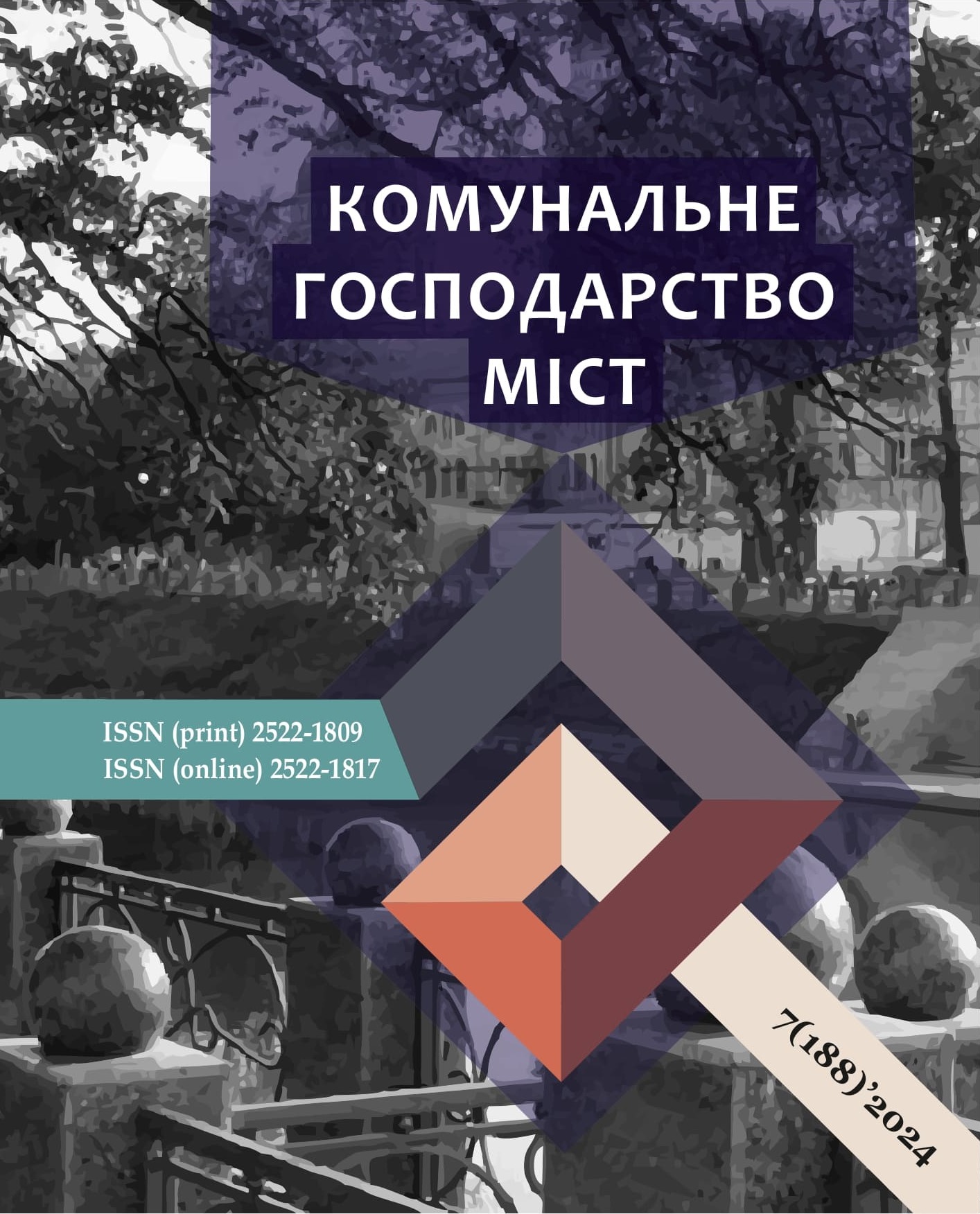EVOLUTION OF THE INTERNAL CONTROL SYSTEM: FROM INTERNAL AUDIT TO CONTROL OVER SUSTAINABILITY REPORTING
DOI:
https://doi.org/10.33042/2522-1809-2024-2-183-15-21Keywords:
internal control concept, system, COSO, ICSR, ESG, non-financial reportingAbstract
The concept of internal control is not new, today the internal control system is an important mechanism that allows organizations to achieve their objectives, increase productivity and maintain reputation. The article is aimed at deepening the existing studies of the stages of formation and development of the internal control system, as well as determining the modern prerequisites for its further development. The article studies the evolution of the development of the internal control system, highlights eleven important stages of the internal control system evolution. Each stage of development is characterized by an increase in the role of the internal control system in improving the efficiency of the organization's activities and financial reliability. The article systematizes approaches to the concept of internal control and understanding of the internal control system starting from the end of the nineteenth century to the present day and characterizes. Attention is drawn to different interpretations of the internal control system in different periods of its development. The article provides characteristics of all internal control frameworks which was created by COSO. It is concluded that the internal control system has come a long way from its origin in the simplest form to a complex mechanism that today allows organizations to achieve their goals, increase efficiency and effectiveness of activities, ensure compliance with laws and regulations, increase the reliability of reports and disclosure of information, help stakeholders assess the sustainability of the organization. Today, there is a further development of mandatory non-financial reporting for a wider range of organizations, an inevitable increase in the number of recommendations, standards and rules for disclosure of information on sustainable development, as well as an increase in the direct role of organizations in ensuring the sustainable development goals. Therefore, even though internal control over sustainability reporting (ICSR) may be a new concept of the internal control system, modern processes and controls will require significant changes. The article provides an opportunity to fill in the gaps in the research that was made by Ukrainian scientists on the history of the internal control system development.
References
Kudrina, O. Ju., & Božkova, V. V. (2023). Formation of internal integrated control in risk management of industrial enterprises. Cyfrova ekonomika ta ekonomična bezpeka, (7 (07)), 86-91.
Savčenko, R. O. (2016). The evolution of Western internal control theory. Ahrosvit, (5), 28-32.
Starenʹka, O.M. (2019) The role of international requirements in the organization of the internal control system. Visnyk socialʹno-ekonomičnyx doslidženʹ, 1(69), 129–138.
Taraševsʹkyj, M. M. (2016). Internal control system: essence, components, evolution. Vodnyj transport, (2), 181-187.
Xetahurova, N. O. (2023). Retrospective analysis of internal control development. URL: https://tinyurl.com/23zglvxj.
Ramamoorti, S. (2003). Internal auditing: history, evolution, and prospects. URL: https://tinyurl.com/29bynszg.
Lagat, C., & Okelo, C. (2016). Effect of internal control systems on financial management in Baringo county government, Kenya. Journal of Economics Finance and Accounting, 3(1). URL: https://tinyurl.com/297t6bkq.
Arwinge, O. (2013). Internal control: a study of the concept and themes. URL: https://tinyurl.com/2aqfmugl.
Tipgos, M. A. (2002). Why management fraud is unstoppable. The CPA Journal, 72(12), 34.
Financial Statements by. Independent Public Accountants American Institute Of Accountants, January, (I936). URL: https://tinyurl.com/2d3kz9kp.
American Institute of Certified Public Accountants. Committee on Auditing Procedure, "Internal control: elements of a coordinated system and its importance to management and the independent public accountant, special report" (1949). AICPA Committees. 103. URL: https://egrove.olemiss.edu/aicpa_comm/103/.
Byrne, G. R. (1957). The independent auditor. Journal of Accountancy (pre-1986), 103(000001), 41.
Accountants, C. P. (1957). Statements on Auditing Procedure. URL: URL: https://tinyurl.com/2af878tv
CONTROL SELF-ASSESSMENT. Good Practice Note. URL: https://tinyurl.com/2ydcwulv.
Curtis, M. B., & Wu, F. H. The components of a comprehensive framework of internal control. The CPA Journal.2000. 70(3). Р. 64.
COSO ERM Guidance – Background & Overview. URL: https://tinyurl.com/25vpcpll.
COSO: Internal Control — Integrated Framework URL: https://tinyurl.com/ynwb765d
COSO. URL: https://www.coso.org/guidance-on-ic
Solodovnik O. O., Havrylyčenko Je. V., (2024) Non-financial reporting of an enterprise: content, standards and global development trends. Efektyvna ekonomika, 5. URL: http://doi.org/10.32702/2307-2105.2024.5.14/
Deloitte: The time is now: Scale your internal controls environment for ESG URL: https://tinyurl.com/2d8kbcby.
Downloads
Published
How to Cite
Issue
Section
License
The authors who publish in this collection agree with the following terms:
• The authors reserve the right to authorship of their work and give the magazine the right to first publish this work under the terms of license CC BY-NC-ND 4.0 (with the Designation of Authorship - Non-Commercial - Without Derivatives 4.0 International), which allows others to freely distribute the published work with a mandatory reference to the authors of the original work and the first publication of the work in this magazine.
• Authors have the right to make independent extra-exclusive work agreements in the form in which they were published by this magazine (for example, posting work in an electronic repository of an institution or publishing as part of a monograph), provided that the link to the first publication of the work in this journal is maintained. .
• Journal policy allows and encourages the publication of manuscripts on the Internet (for example, in institutions' repositories or on personal websites), both before the publication of this manuscript and during its editorial work, as it contributes to the emergence of productive scientific discussion and positively affects the efficiency and dynamics of the citation of the published work (see The Effect of Open Access).

